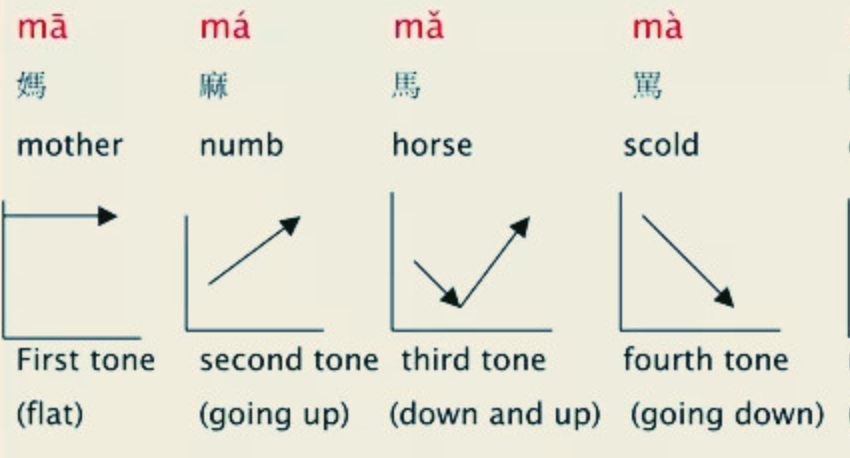Singing the Spring Tune, a folk melody from Changzhou city in Jiangsu Province, is a unique form of cultural expression. It proceeds in a cycle of twelve rotations, typically changing monthly, or alternatively, it can be divided into four rotations according to the four seasons. The lyrics of each cycle consist of four lines, each with seven characters, where all but the third line rhyme in a level tone. This melody was very popular during the Qing Dynasty and is an important component of traditional Chinese music culture.
The characteristic of this melody lies in its periodicity and rhythm, reflecting the changes in lunar months or seasons. The lyrics and melody of each cycle not only blend with the natural landscapes and agricultural activities of the corresponding month or season but also incorporate local historical stories, folk legends, and scenes from daily life, thereby creating a unique local musical culture.
The Singing of the Spring Tune is also known as the ‘Meng Jiangnu’ Melody or the Four Seasons Tune. The Changzhou Singing of the Spring is combined with folk stories, especially when it merges with the tale of ‘Meng Jiangnu’. This integration, featuring the story of ‘Meng Jiangnu’ as its content along with its poignant and moving melody, has spread throughout the Jiangnan region and even across the country. The Singing of the Spring tune ‘Meng Jiangnu’s Twelve Months of Flower Names’ (also known as ‘Meng Jiangnu Tune’) has become the basic singing style and main melody for at least sixteen types of dramas, twenty kinds of tunes, and fourteen categories of song and dance music
The legend of ‘Meng Jiangnu’

The legend of Meng Jiangnu, originating in the Qin Dynasty, tells a tale of neighbors Meng Laohan and Jiang Laohan in Changzhou. One spring, Meng Laohan planted a gourd seed beside the yard wall. It grew into a large gourd, inside which Jiang Laohan discovered a plump baby girl when he split it open. After a dispute, both families agreed to raise her together, naming her “Meng Jiangnu.”
After Qin Shi Huang unified China, he conscripted hundreds of thousands of laborers to join and repair the Great Wall. A scholar named Wan Xiliang, fleeing conscription, hid in Meng’s yard under a gourd trellis and was discovered by Meng Jiangnu. Struck by his appearance and manners, Meng Jiangnu persuaded her father to betroth her to Wan Xiliang.
On their wedding day, officials seized Wan Xiliang for wall construction. Meng Jiangnu, heartbroken, cried day and night for a year. As winter approached, concerned for Wan Xiliang, she set out, braving hardships, to find him at the Great Wall. There, she learned of his death, his burial place unknown. Her tears caused a part of the wall to collapse, revealing piles of bones. To identify her husband’s remains, she dripped blood from her finger onto the bones, the blood only adhered to Wan Xiliang’s.
At this moment, Qin Shi Huang arrived and, captivated by Meng Jiangnu’s beauty, attempted to take her. She cunningly demanded three conditions: a lengthy mourning pavilion, a grand mourning ceremony led by the Emperor, and a sea burial for Wan Xiliang before their union. The Emperor agreed. However, during the ceremony, Meng Jiangnu, overwhelmed with grief, threw herself into the sea. Despite the Emperor’s efforts to save her, she was taken into the Dragon Palace by the Sea Dragon King, moved by her tragic story.
Chinese tone

The so-called “four tonnes” in traditional Chinese phonology all divide the tones into four categories: “flat”, “up”, “going” and “entering”.(平,上,去,入)
This is equivalent to the first tone in modern Chinese: the first tone is yīnpíng, steady and stable, neither rising nor falling. It is also often described as high pitched. Like ‘A’.
Second tone: The second Yang tone (yángpíng) is a rising tone.
Third Tone: The third rising tone (shàngshēng), the pitch first falls and then rises.
The fourth tone: The fourth tone is the falling tone (qùshēng), which is the falling tone.
